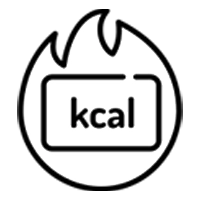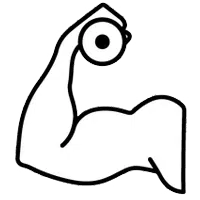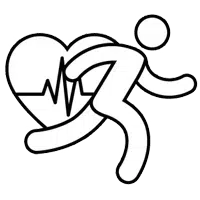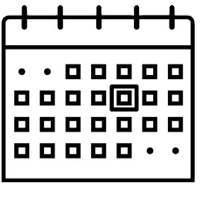Show summary Hide summary
Which muscle group are we activating when cycling?
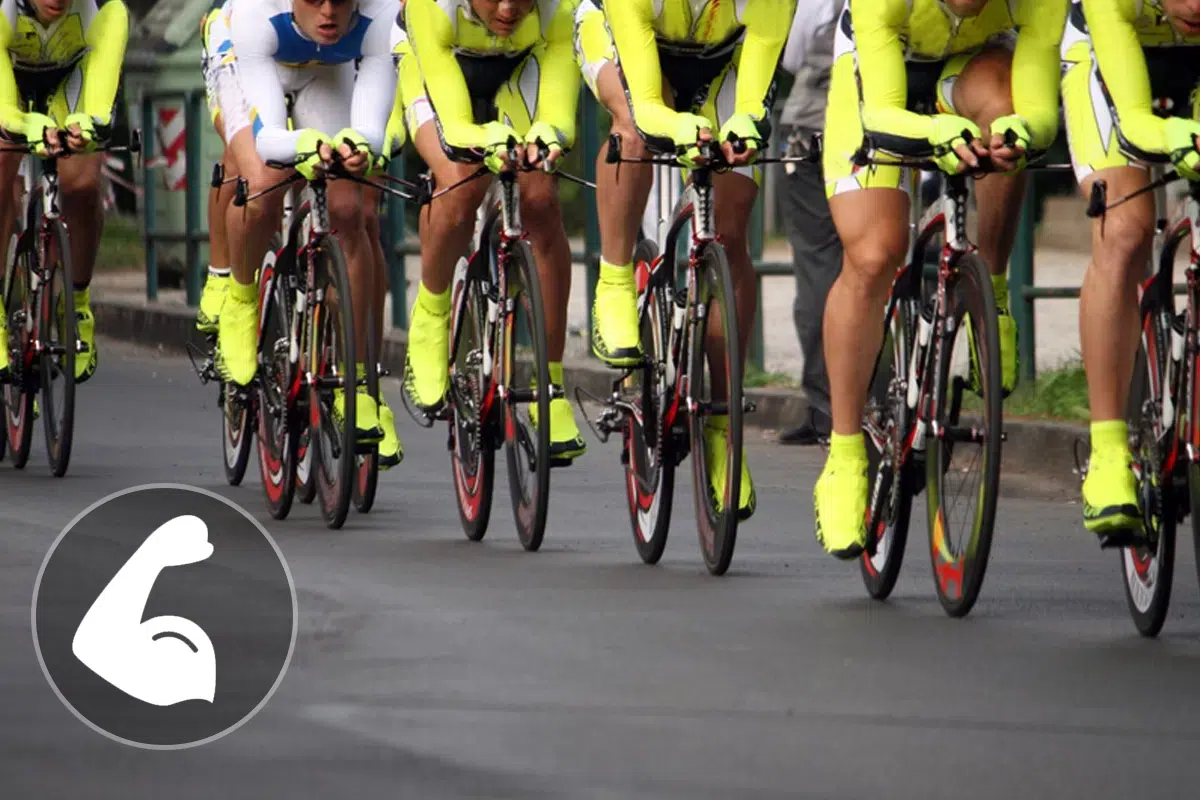
All you need to know about cycling cycling
What muscles does cycling work? What parts of the body are we using and toning while cycling? Use the tool below to see the list of all the body parts that are trained while cycling!
Cycling for fitness and strength building
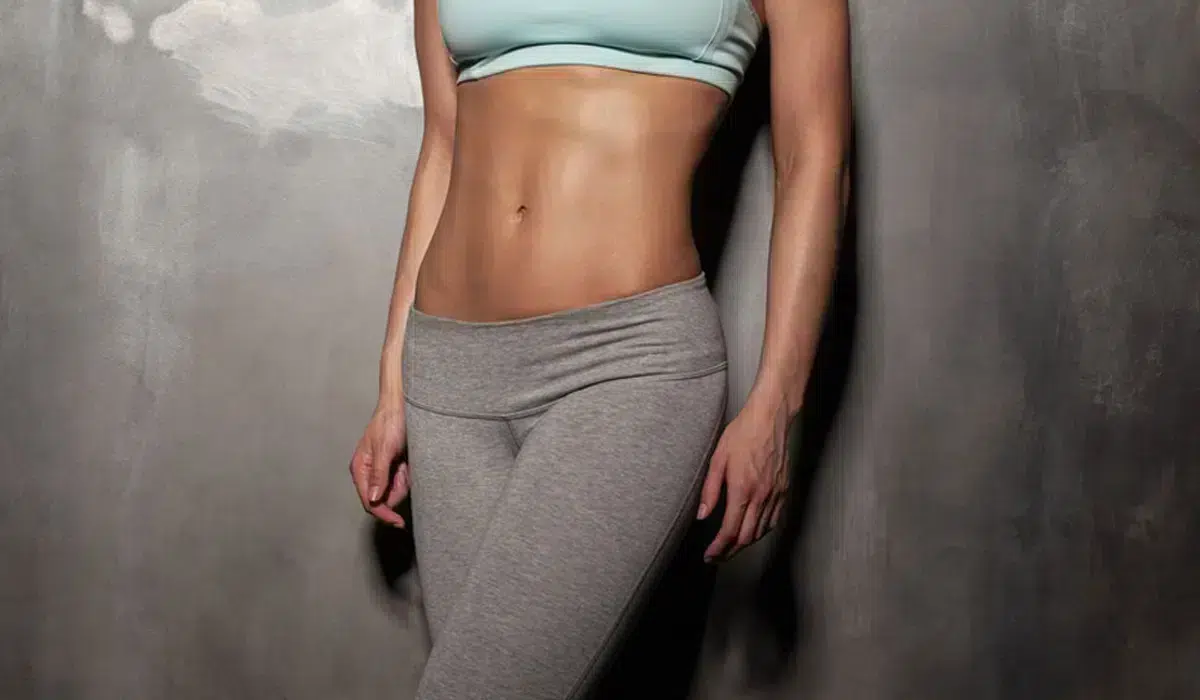
What muscles are we training when cycling?
Depending on the sport you practice, certain areas of the body will be called upon more than others, but what about when you cycle? Will you tone and refine your figure by cycling? Below you’ll find a list of the muscles and muscle groups strengthened and sculpted by cycling!
Cycling muscles the upper limbs (shoulders, arms and forearms)
- Shoulder muscles: These are the muscles that connect the arm to the rest of the body. These include the rotator cuff muscles (subscapularis, infraspinatus, petit rond, supraspinatus), as well as the trapezius, deltoid, grand dentle and angular muscles. These muscles enable arm and shoulder mobility (rotation, elevation).
- Biceps: These muscles, located on the front of the arm, are surrounded by two joints (scapulohumeral, elbow). The biceps comprise two muscles (long biceps and short biceps) that help flex and rotate the arms.
- The triceps: Located on the inner side of the arm, they comprise three muscles ( vastus lateralis, vastus internus and long head of triceps) which complement the flexor role of the biceps brachii. The triceps allow forearm extension.
Cycling tones chest, abdominal and back muscles
- Abdominals: These are made up of several layers of muscle (rectus abdominis, external oblique, internal oblique, transverse) whose function is to flex and rotate the trunk.
- Back muscles: The back groups together muscles such as the trapezius, dorsalis major, rhomboid, infraspinatus and round. These muscles play a wide variety of roles. From the dorsal to the lumbar, they ensure arm and shoulder mobility, postural support and protection of the spine.
Cycling strengthens the buttocks, thighs and calves
- Quadriceps: Located at the front of the thigh, the quadriceps is made up of 4 muscles (vastus femoris or rectus femoris, vastus lateralis, vastus medialis and vastus intermedius). These muscles facilitate flexion of the thigh over the hip, as well as extension of the leg over the thigh.
- Hamstring muscles: Located on the back of the thigh, there are four hamstring muscles (biceps femoris, semitendinosus and semitendinosus). They ensure leg flexion and thigh extension.
- Calf muscles: also known as the sural triceps, the calf muscles comprise 3 muscle fascicles, including the soleus and gastrocnemius. These muscles help extend the foot down the leg
IN SUMMARY:
Cycling is a complete sport that involves every part of the body. The more or less intense pedaling rhythm strengthens the lower body, particularly the buttocks, thighs and calves. Rotating the pelvis and varying the position of the hands and arms on the handlebars work the shoulders, arms, forearms, abs and back.
All you need to know about cycling cycling
All sports in detail!






